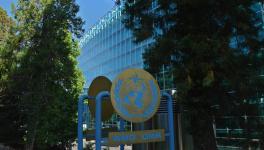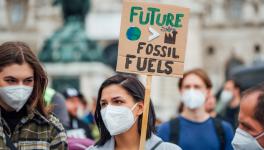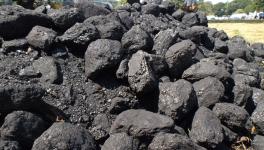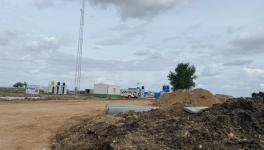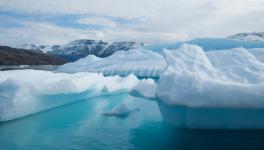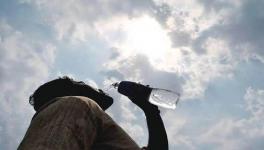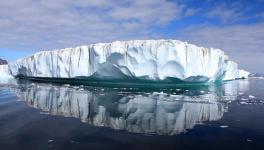One Third of Antarctic Ice Shelves Can Collapse if the Current Pace of Warming Continues
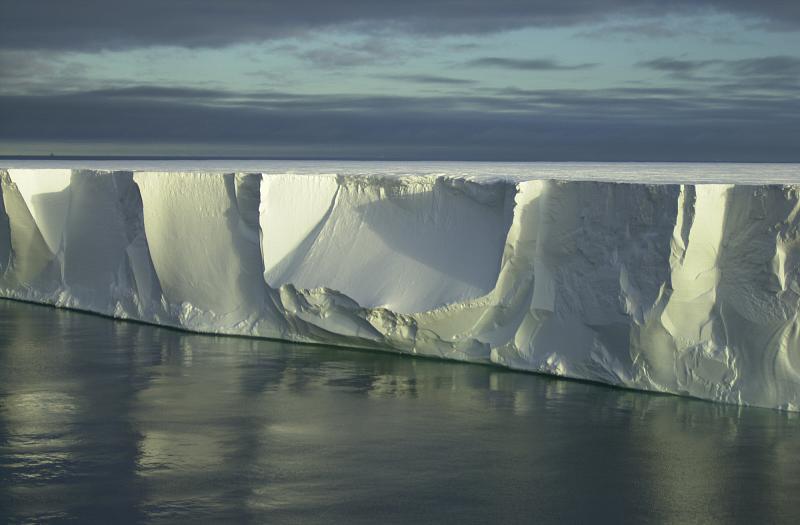
Image Source: Wikimedia Commons. Image is for representational use only.
Antarctic ice shelves are at risk of collapsing into the ocean if the current rate of global warming continues, warned a recently published research paper. The study said that nearly one third (34%) of Antarctica’s ice shelves could collapse by the end of the 21st century if the world warms by 4 degree Celsius above the pre-industrial level. This will put at risk about 190,000 square miles of Antarctic ice.
However, good news is that if we can manage to keep the warming at 2-degree Celsius rise than the pre-industrial level, then half of the 34% ice shelves at risk could be saved. Further, containing the rise under 1.5 degree Celsius would result in an even smaller impacted region in the Antarctica. Till date, the world has already warmed by around 1 degree Celsius from the pre-industrial period.
Ice shelves are large floating platforms of ice that are in contact with ocean water and these shelves are formed where a glacier ends. Ice shelves act like a barrier between ocean water and the glaciers. Collapsing of the ice shelves into the ocean would not immediately result in sea water level rise. But their removal would accelerate the collapse of huge glaciers into the ocean, which could result in a catastrophic rise of sea water level.
Lead author of the study, Ella Gilbert, a scientist at the University of Reading in England, was quoted to have said, “Ice shelves are important buffers preventing glaciers on land from flowing freely into the ocean and contributing to sea-level rise. When they collapse, it's like a giant cork being removed from a bottle, allowing unimaginable amounts of water from glaciers to pour into the sea.”
The study considered the processes that drives melting of ice shelves and modelled them with more details. Under normal conditions, the ice shelves usually melt during summer. The water from this melting of ice trickles down through the cracks in the ice and later get frozen again. But, when the melting rate goes higher, then water pools on the surface of the shelves.
The melted ice accumulates over the surface of the ice shelves and fractures them and the shelves can ‘collapse spectacularly’. “The findings highlight the importance of limiting global temperature increases as set out in the Paris Agreement if we are to avoid the worst consequences of climate change, including sea level rise,” said Gilbert in a statement.
In past studies, scientists and researchers have modelled the future behaviour of the ice shelves at a larger scale—the whole of Antarctica. This missed finer and minute details of individual ice shelves, at least the way they are behaving in the warming world. The new study concentrates on modelling ice melting in different scenarios with more minute details and precisions that were not known previously.
The researchers identified that Larsen C, the largest remaining ice shelf in Antarctica, along with other three, would be particularly threatened by the warming climate. The other three ice shelves incorporated in the study are Wilkins, Pine Island and Shackleton. Larsen C already split in 2017 and formed the enormous iceberg, A68.
“I think that we're presently on track for something between 3 to 3.5 C (5.4 to 6.3 F). That's not to say that 4 C (7.2 F) is out of the question — if we're unlucky and unwise, we could certainly get there,” commented a scientist from University of Texas who studies the prospects of future warming and was not involved in the current study.
The indication of the study is that the world, where climate change is proceeding to a point where one third of Antarctic ice shelves would be put at risk of collapsing, would involve major failures of containing greenhouse gas emissions caused by human activities.
Get the latest reports & analysis with people's perspective on Protests, movements & deep analytical videos, discussions of the current affairs in your Telegram app. Subscribe to NewsClick's Telegram channel & get Real-Time updates on stories, as they get published on our website.









